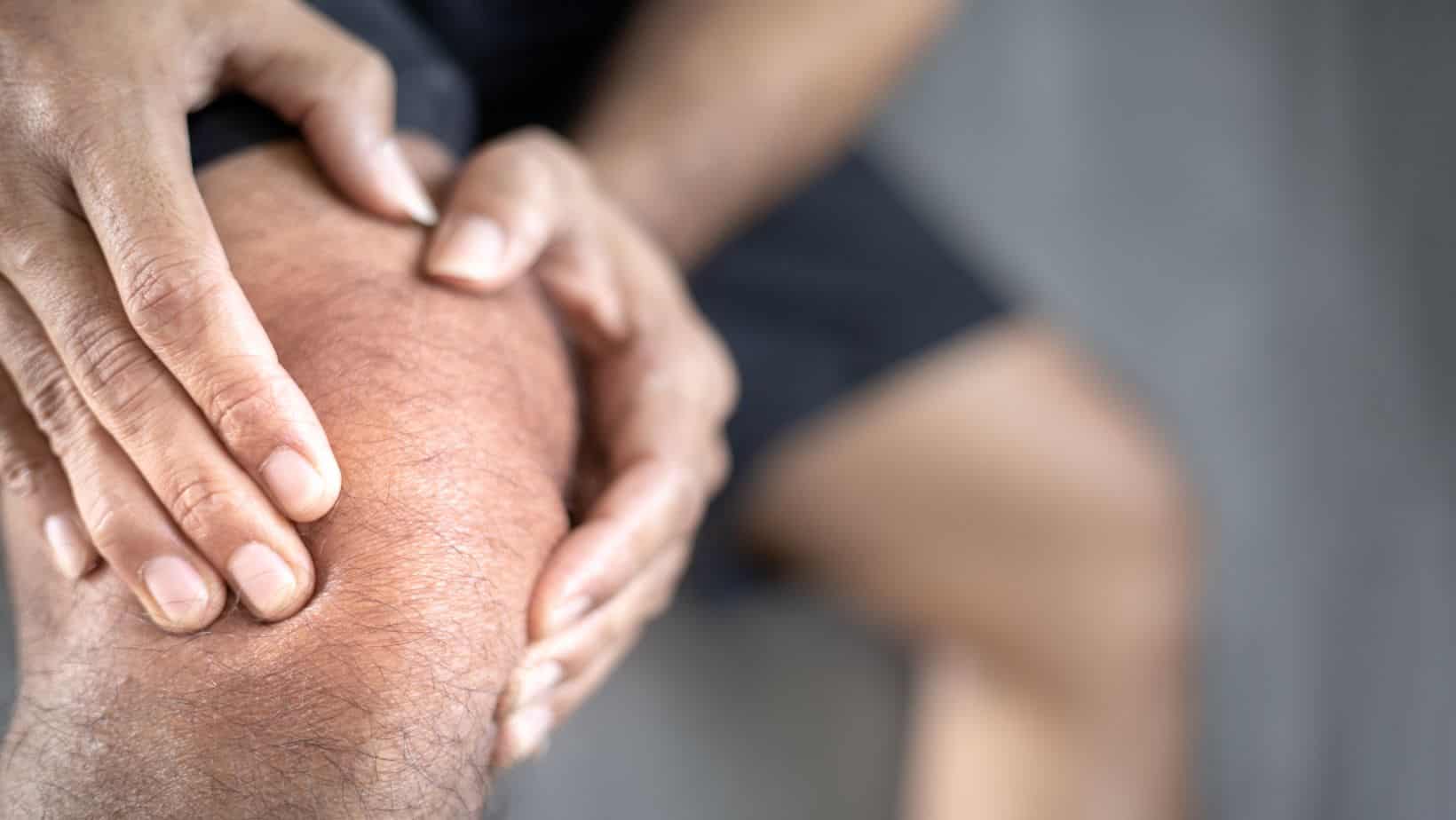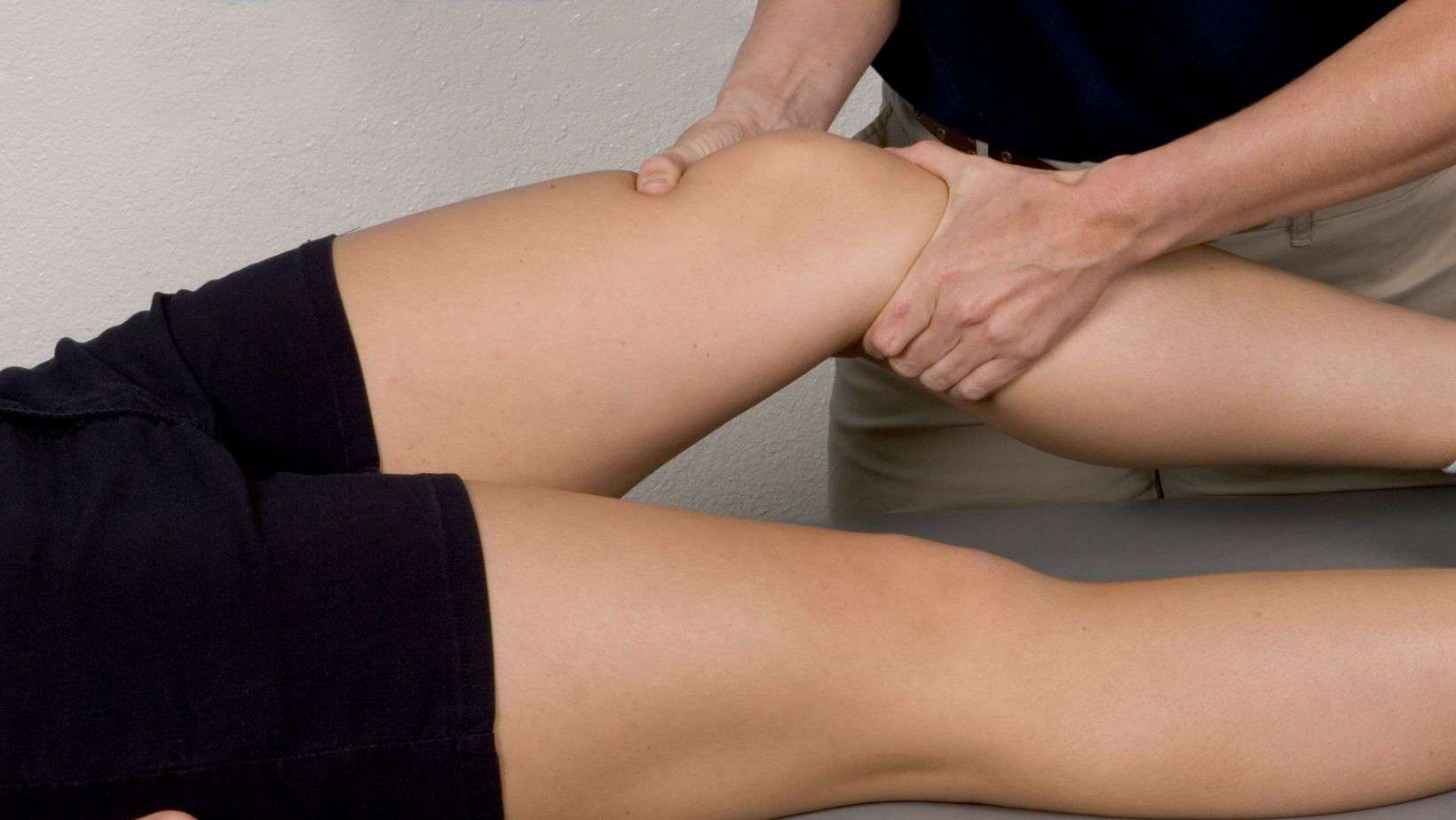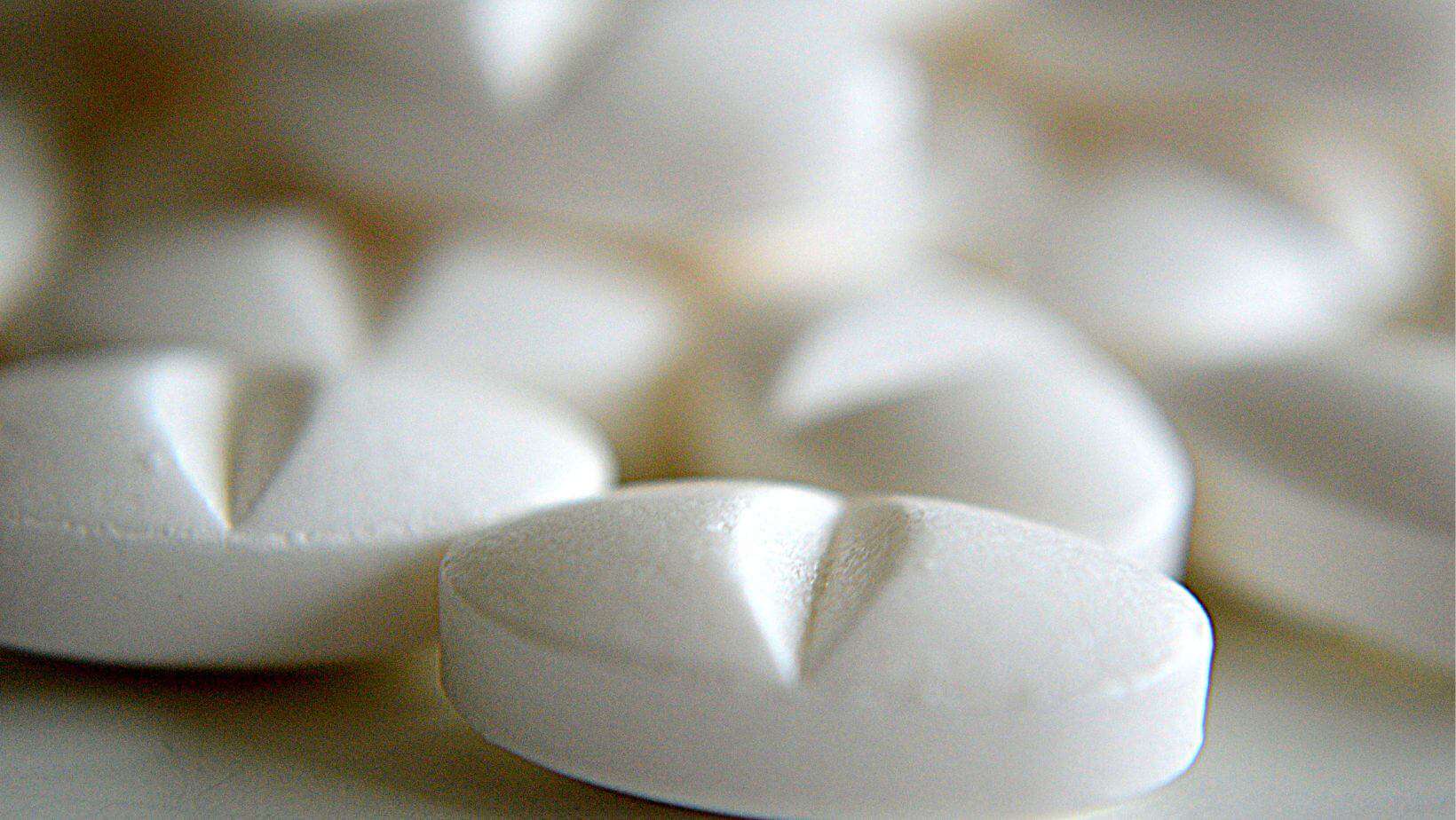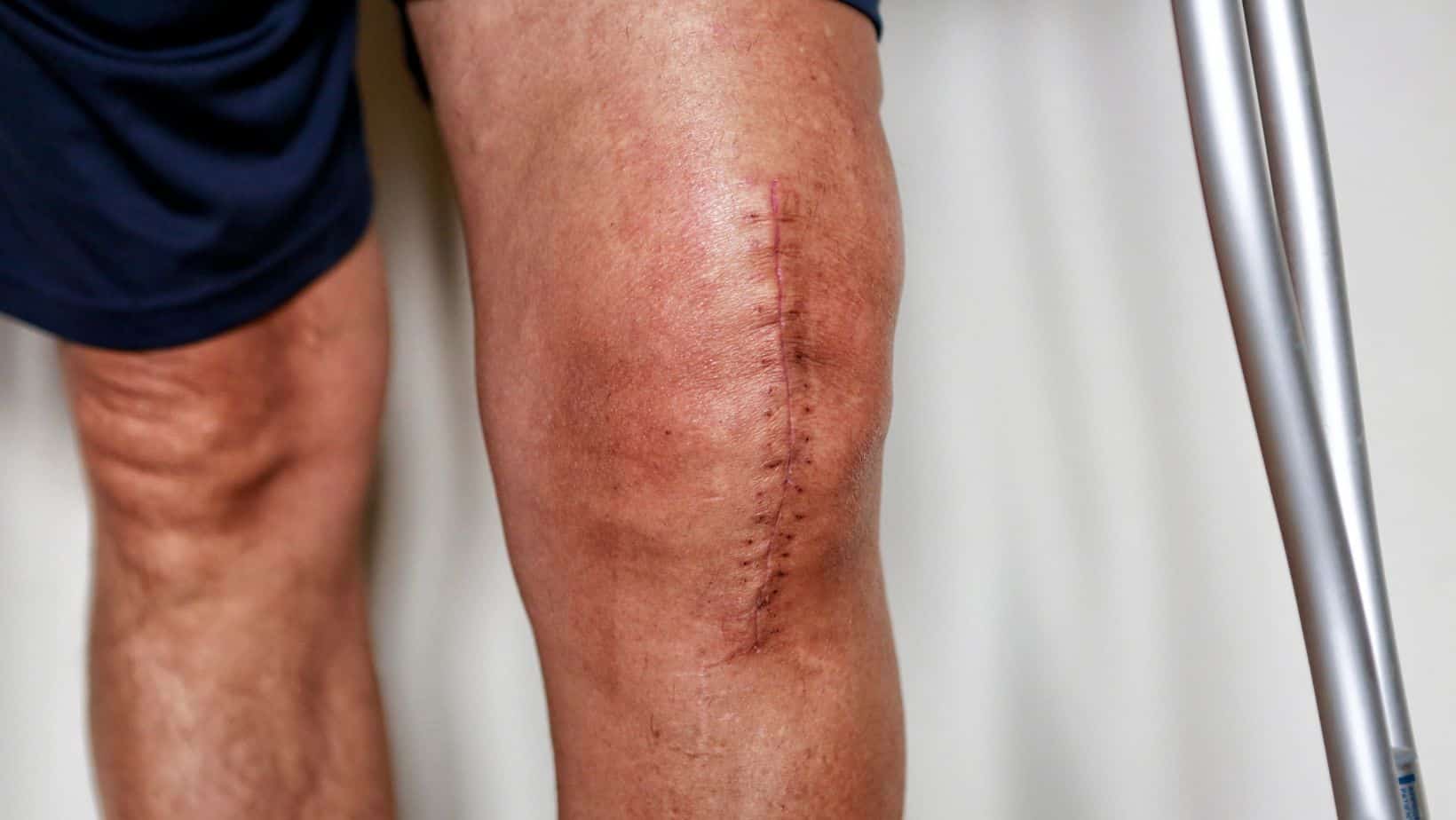Arthritis Knee Exercises
Read More >
Arthritis is a broad term that refers to conditions that affect the joints. The term ‘arthro” refers to the joints (think articulate) and ‘itis’ means inflammation. Osteoarthritis is a degenerative condition that is, in the most simple terms wear and tear to the joint. Arthritis in the knee can be broken down into specific injuries to the different parts of the joint. The meniscus can be torn, the articular cartilage on the bones can wear and thin, and there can be a wear down the bones of the joint in severe cases.
Osteoarthritis is more likely to develop in older people, obese and overweight individuals, and if there has been a previous injury of the joint affected. The prevalence of osteoarthritis is high, and it is reported that about 10% of adults over 60 years of age are disabled by this condition and it has a cost of more than $60 million to the United States economy (Buckwalter et al, 2004). The number of individuals that have this condition to any lesser degree is likely to be much, much higher with estimates ranging up to 40 or 50% of the population.
Symptoms of arthritis in the knee include pain, swelling and heat around the joint, stiffness of the joint and restriction of range of movement, and in the later stages of this condition the joint can become deformed and crepitus might be audible. Crepitus is the grating, creaking or grinding sound that a joint makes when the smooth surface of the protective cartilage at the ends of the bones has been disrupted.

The knee is a common joint affected by osteoarthritis and most individuals will first notice either pain or a slight stiffness in the joint which might be absent of pain. Often symptoms can be triggered by overuse, or doing more than usual. Typically symptoms will develop gradually over a prolonged period of time. Symptoms of arthritis in knees can vary from day to day with may people reporting an influence of their activities, diet, mood, and often the weather on the severity of their knee symptoms.
The severity of symptoms of arthritis in knees varies significantly between individuals and is not directly correlated with the extent of damage seen on radiological imaging. Diagnosis therefore must be done as a clinical examination, with the addition of radiology to show the extent of the damage but not to solely determine treatment options.
On assessment, the knee will likely look diffusers swollen and may feel warm to touch, when compared to the opposite knee (although both knees are commonly affected). The range of movement of the knee may be restricted, with the individual finding it difficult to fully bend or straighten their knee. Active movements such as squatting, crouching or kneeling may be painful.
It is useful to notice the patterns of symptoms. Often the knee will feel stiff after prolonged rest, such as sitting or when getting up in the morning. You might notice that the knee feels better once it has had some movement, we often hear that the joint symptoms improve after it has “got going” or has “warmed up”. This will typically take less than 30 minutes to improve. Some other forms of arthritis such as rheumatoid arthritis may take longer to notice an improvement.

How arthritis knee pain is experienced is unique to the individual. There are often two qualities of pain that people will feel, a diffuse ache that can range from mild to intense, and a more sharp sudden pain, often described as a catch, stab or needle.

A large driver of the pain experienced with knee arthritis is inflammation, therefore the most effective forms of medication is anti-inflammatories. These can come in the form of steroids or non-steroidal anti-inflammatories (NSAIDs). Typically NSAIDs will be taken in oral form and can be taken with other medications such as paracetamol. It is best to discuss medication with your pharmacist or doctor to endure you are getting adequate pain relief in a safe and effective way. Stronger pain relief may be administered in the form of steroid injections, and is usually reserved for later stages and more severe pain.
Knee arthritis treatments are not limited to pain relief medications or injections. The gold standard treatment for arthritis in the knee is exercise, for mild to moderate cases. Please read our related article: Arthritis Knee Exercises. In addition to strengthening the muscles around the knee joint, some people will find benefits from massage and other soft tissue treatments. These can reduce pain by helping to move swelling from around the knee to be reabsorbed. At home may patients use ice backs to provide some reduction of pain. This is a short-term relief but many people find it a helpful way to manage their pain.

If strengthening exercises are done, effective medication is taken and the additional treatment of massage and ice are not providing enough relief and your activities are becoming more limited it may be necessary to seek the advice of an orthopaedic doctor for your next options. Injections can offer additional time by providing powerful pain relief, but this is just buying time. Ultimately surgery may be necessary, and this can be in the from of a partial or total knee replacement. This is a major procedure and shouldn’t be taken lightly. It takes months to a year or so to recover from and will need a lot of work with your physical therapist. We hare written in detail about these surgeries in another article.
This article is written by James McCormack, a Lower Limb Specialist who is an expert in treating Hallux Rigidus.
This is not medical advice. We recommend a consultation with a medical professional such as James McCormack if you are experiencing any of the symptoms discussed in this article. James offers Online Physiotherapy Appointments weekly and face-to-face appointments in his London clinic.
Related Article: Gout in the knee